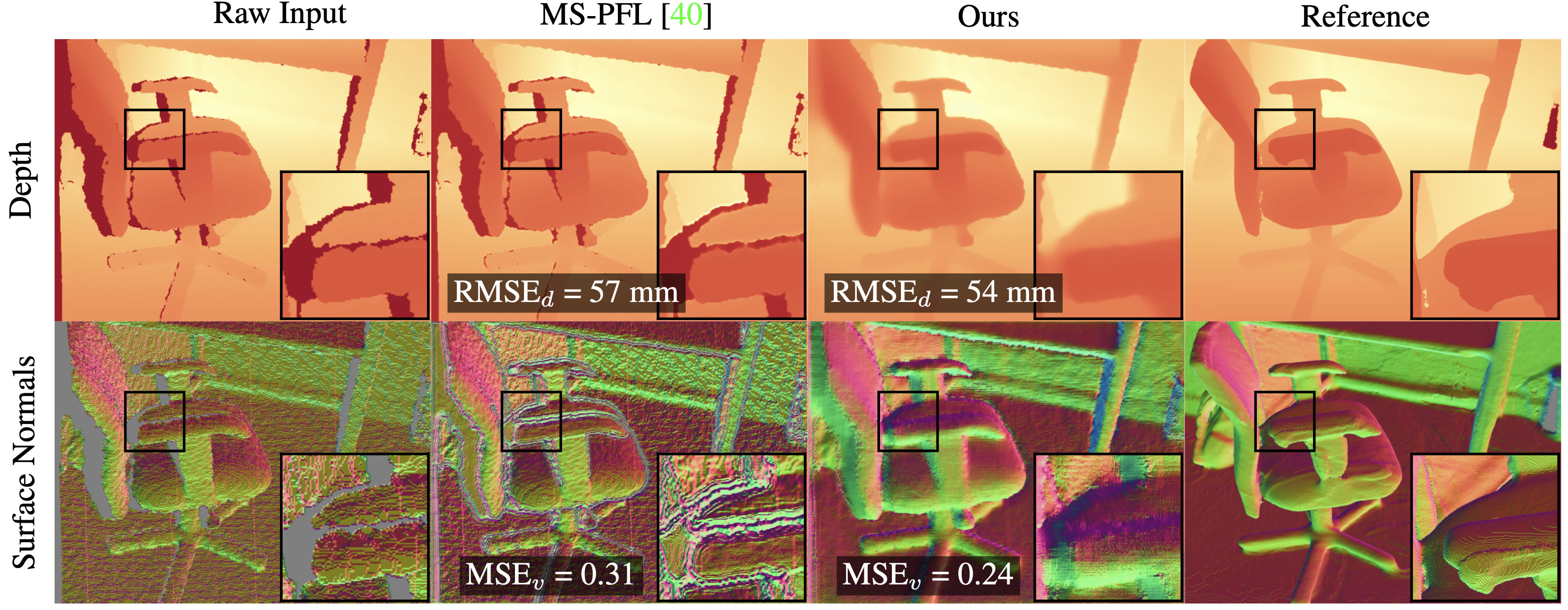
@article{2021-unpaired-depth-sr,
author = {Safin, Aleksandr and Kan, Maxim and Drobyshev, Nikita and Voynov, Oleg and Artemov, Alexey and Filippov, Alexander and Zorin, Denis and Burnaev, Evgeny},
journal = {arXiv preprint arXiv:2105.12038},
title = {Towards Unpaired Depth Enhancement and Super-Resolution in the Wild},
year = {2021}
}